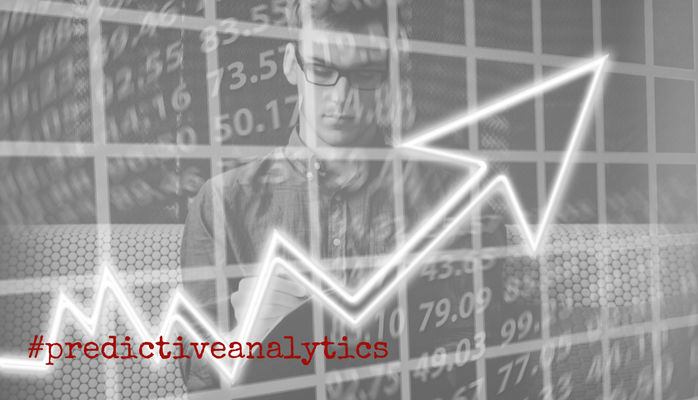Re-Envisioning the Future with Generative Design
Could the current manufacturing, distribution, assembly and maintenance processes become obsolete in the not too distant future? Today, we take a look at generative design as an innovative approach to thinking outside the box when it comes to design and its implications to manufacturing.
.
At Croixstone we are inspired by mavericks…those unconventional thinkers who can see past conformity and who can accomplish what others say can’t be done. Generative design has the ability to generate unconventional design options that go beyond our imagination alone and can be used to create everything from running shoes, earbuds and airplane partitions, to a revolutionary approach to designing the office space and buildings of the future.
.
So what is generative design? According to Autodesk, a leader in 3D design, engineering and entertainment software, “Generative design is a technology that mimics nature’s evolutionary approach to design. It starts with your design goals and then explores all of the possible permutations of a solution to find the best option. Using cloud computing, generative design software quickly cycles through thousands—or even millions—of design choices, testing configurations and learning from each iteration what works and what doesn’t. The process lets designers generate brand new options, beyond what a human alone could create, to arrive at the most effective design.” To better understand what generative design is all about, click here for a short video.
.
- Learn how generative design and additive manufacturing (i.e., 3-D printing) is changing the manufacturing world here.
- Check out how generative design could radically transform the look of our world here.
- Delve into a new world of highly efficient products made by generative design here.
- Take a sneak peak into the first large-scale generative designed office here.




